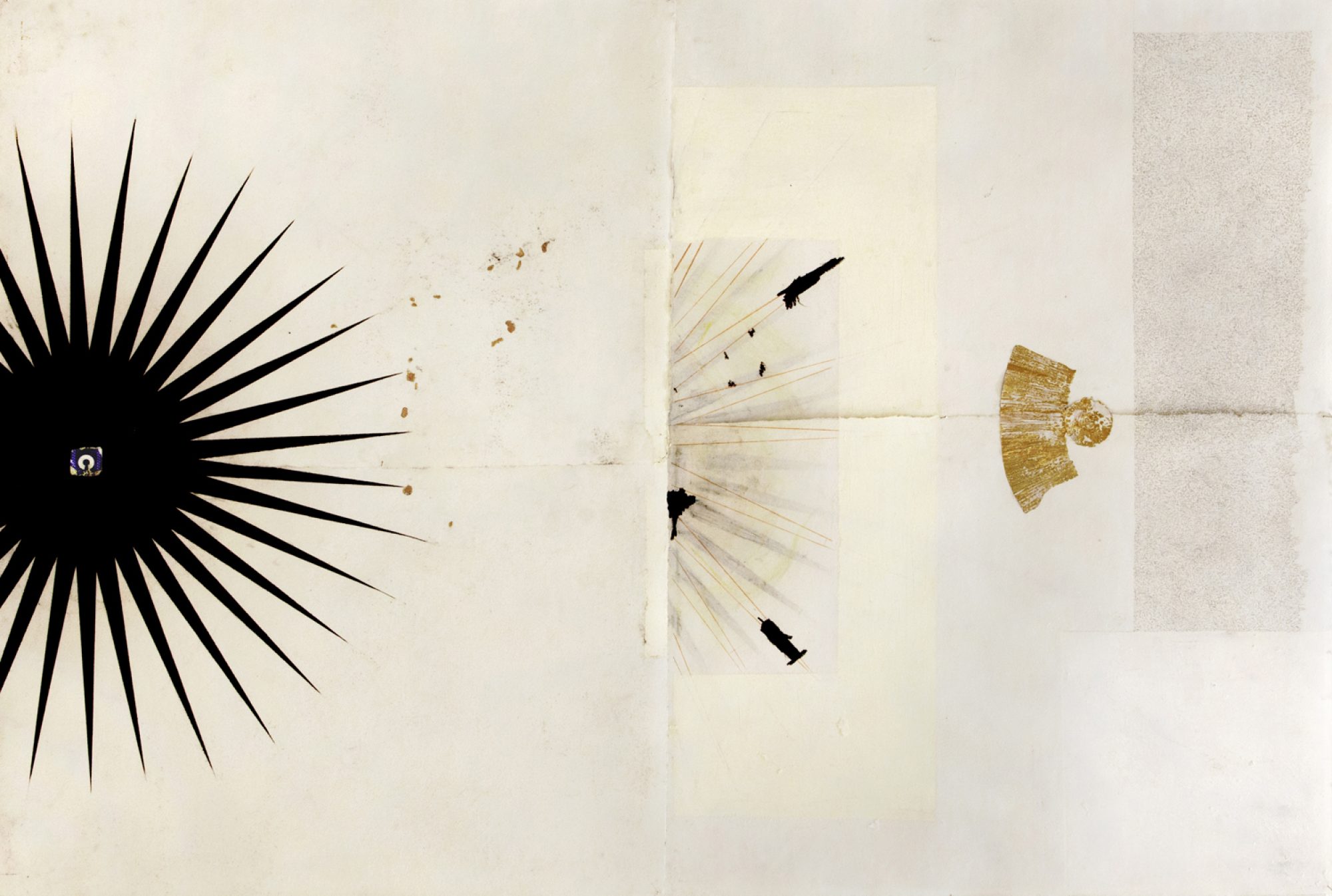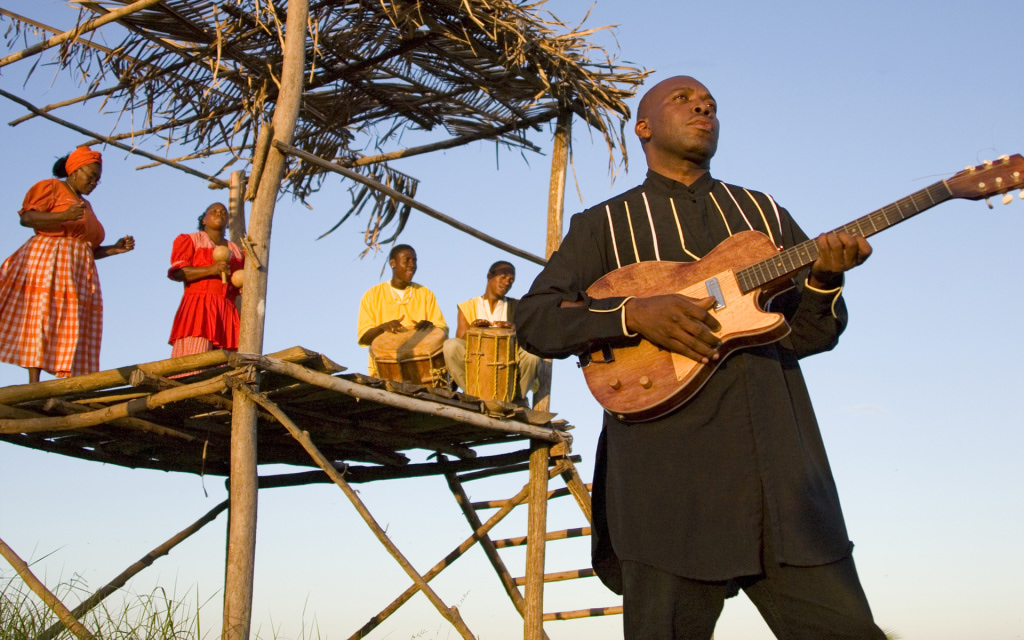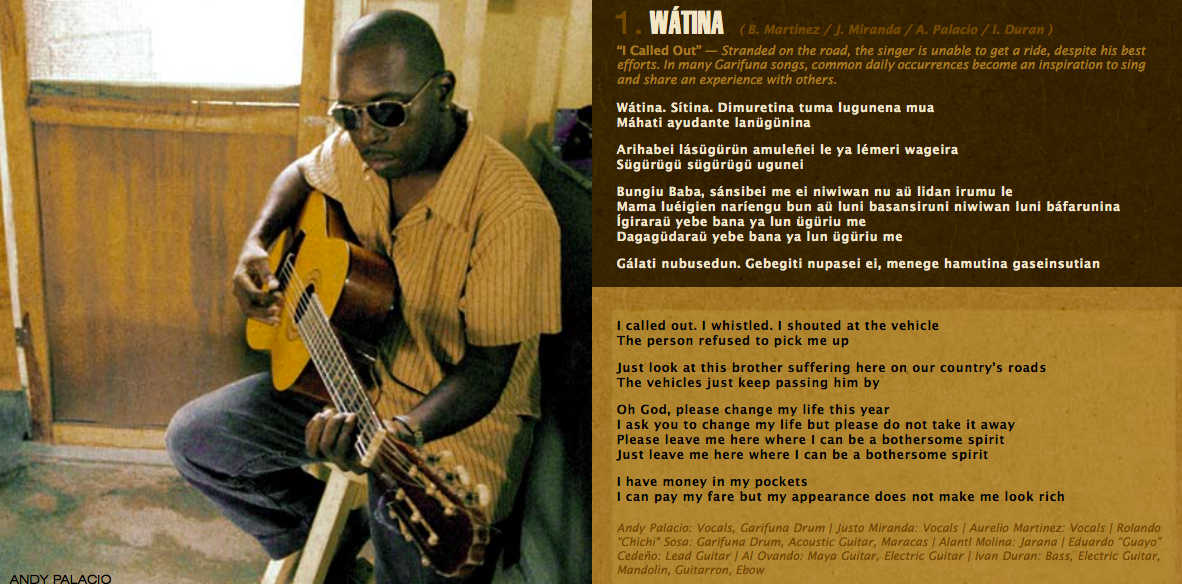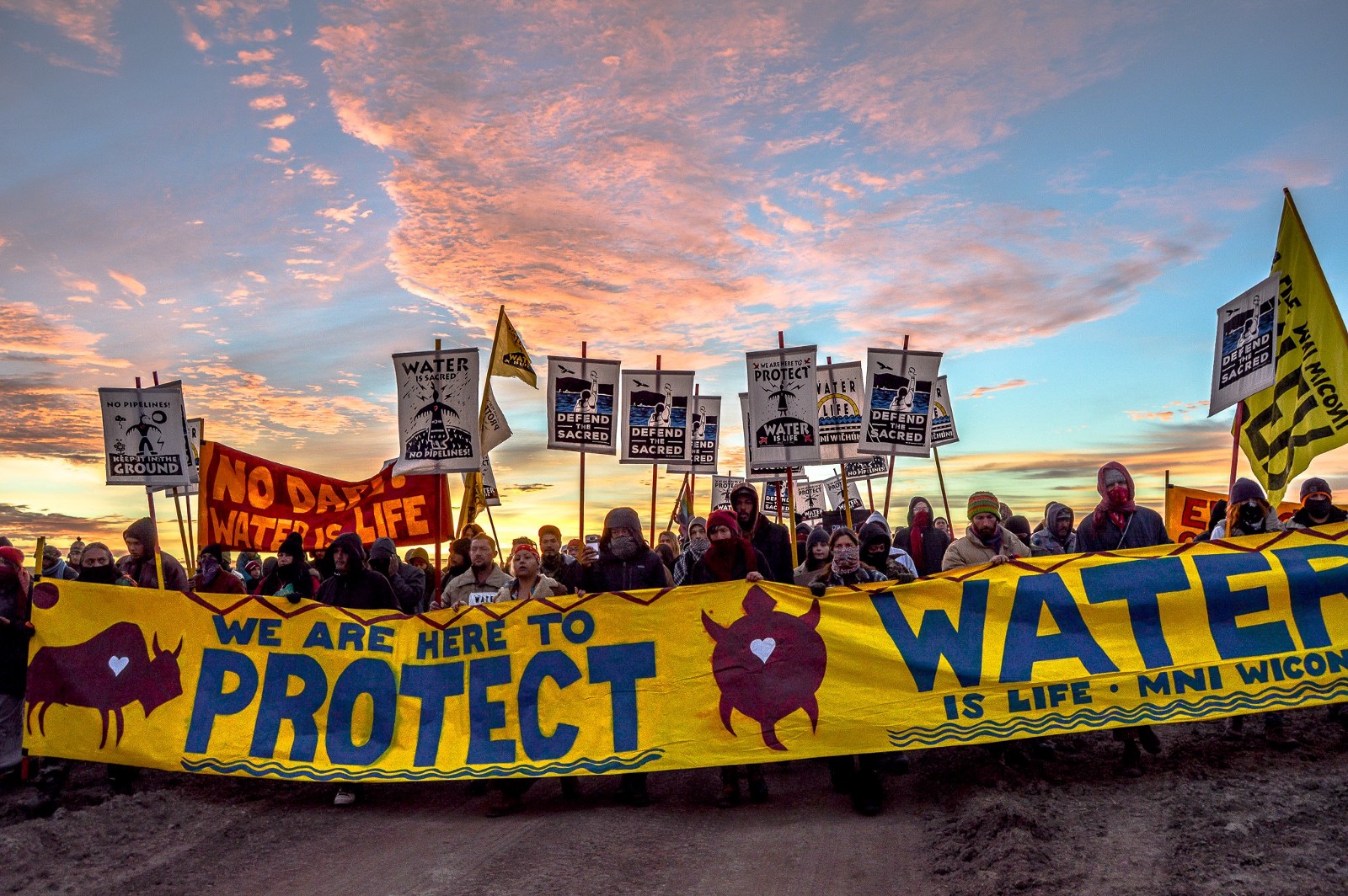by Pallavi Varma Patil and Sujit Sinha

The word “Development” is associated with the spread of “Industrialism” — an ideology of ever-increasing material growth and consumption through faster and faster exploitation of Nature, using the wonders of large-scale Science and Technology, guided by the powerful Nation States and Corporations, accompanied with rising Global Trade and Individualism. This has brought the world to the brink of ecological collapse, depths of socio-economic inequalities and despair, increasingly dysfunctional political institutions, and hugely stressed socio-cultural systems.
The Living Utopias course offered within and outside of university spaces provides a perspective about a) the crisis of ‘Industrialism’ in the world today and b) the various alternatives to combat this crisis in different interlinked spheres of civilization – ecology, economy, politics, technology, and socio-culture.
The course through well-outlined examples and case studies showcases new and emerging efforts in India and the world which are futuristic and exciting and doable. By doing so, the course aims to provide a sense of hope and encouragement toward building another world based on the premise of a GOOD SOCIETY where we all not only survive but flourish! The hope is to inspire participants to initiate some of the things talked about in the course. Some of the key star stories include the Zapatistas, Rojavas, the Amish community, Solidarity Economics, Mondragon Cooperatives, Urban Gardening of Detroit, Participatory Budgeting, Kibbutz, Pedal Power, and Mendha Lekha’s direct democracy experiment amongst others.
The course introduces key frameworks/ideologies/imaginations contrary to Industrialism, like Gandhi and Tagore’s vision in India, Anarchism in Europe, Ubuntu in Africa, Buen Vivir, and Sumak Kawsay in Latin America. As the crisis deepens, newer ones are appearing – Toffler’s Wave Analysis, Ecofeminism, the De-growth movement in Europe and the USA, Radical Ecological Democracy (RED) in India, and Rights of Nature in Latin America to name a few. Networks of these alternatives are emerging to try to radically transform collapsing Industrialism with the hope that solutions can and will arise and spread fast to overcome the crisis. All of these talk about a world that consists of just, equitable, healthy, happy, peaceful, creative, caring-sharing, self-sufficient, self-governing, eco-sustainable, non-exploiting, rural, and urban communities.
Today Industrialism continues to grow and spread, the crisis continues to worsen, and the alternatives remain a small minority. If the crisis grows faster than solutions, human civilizations may collapse as they have done many times all over the world during the last 3000 years. Except for this time civilizations are likely to collapse worldwide! We believe that as the crisis comes knocking on the door with crucial planetary boundaries breached there is an urgent need for these alternatives to multiply and grow. By highlighting these alternatives which act as lighthouses to guide us to look beyond Industrialism and rearrange our ways of being and living; the course aims to provide counter-currents of hope and action.
How do you define radical hope?
Radical hope to us is small but significant steps toward communities that are just, equitable, healthy, happy, peaceful, creative, self-sufficient, self-governing and eco-sustainable.
What is your case study?
This is the story of Mendha Lekha, an Adivasi (Indigenous people) village, in Gadhchiroli District, Maharashtra state, India. Since 1987 this village embarked on a remarkable journey to translate Gandhi’s vision of a good society – ‘Swaraj’ into action through ‘Satyagraha’ (the philosophy of non-violent, active resistance with an intention to win over the adversary). This involved, 1) strengthening their consensual participatory democracy practices – all decisions at the village level are made by consensus and not by majority voting; 2) building strong village-level self-government institutions to govern the use of their own natural resources(water, land, and Forests); 3) evolving an empowered and informed village level institution called study circles; 4) carving their legitimate sphere of autonomy from the State by acquiring their community rights over Forests from the Government; and 5) applying the Gandhian idea of village socialism in 2013 by abolishing all individual property rights over cultivable land and handing it over to the village assembly.
Some of these radical ideas outlined above and practiced by Mendha Lekha have been adopted by other villages and from 2018 hundreds of villages in Maharashtra have started a similar journey. The Mendha Lekha story of direct democracy is inspirational for those exploring sustainable governance of commons and building self-sufficient communities.
How do you see radical hope emerging or playing out in your case study?
Since the 1990s Mendha Lekha village’s unique achievements have attracted the interest of many village leaders, civil society organizations, students, and volunteers. They visit to understand how a participatory village assembly works and how can a community collectively manage and govern its own forest resources. After 2009, when Mendha won the Community Forest Rights (CFR), many neighboring villages learned from its success and embarked on their own journey for obtaining CFRs. Today Gadhchiroli district, Maharashtra state in India has by far the highest number of villages of any district in India to have obtained CFR. Some of these villages are now trying to evolve Mendha like participatory governance and strengthen their village assemblies to make them more inclusive.
In Nov 2018, ninety neighboring villages decided to form a regional forum where they can come together for collective deliberations and actions. Representatives of these villages have met bi-annually in what is termed as a ‘Maha Gram Sabha’ (A multi village assembly). To ensure women are equally involved in this process they have formed a rule that each village must be represented by two women and two men.
This is how hope has emerged in this case study building up strength by strength fuelled by communitarian ethos. An indigenous vision of a good society foregrounding gentleness and dignity is able to take on the might of centralized representative government –not only in their own small village but by shaping and spreading its wings at the regional level too.
You can find the full syllabus for Pallavi Varma Patil and Sujit Sinha’s class here!
Selected Readings
Pathak Broome, N. (2018). Mendha Lekha: Forest Rights and Self-Empowerment. In Alternatives in a World of Crisis, Publisher: Rosa Luxemburg Stiftung Brussels Office and Universidad Andina Simon Bolivar, Ecuador, pp.136-177
Pallavi. A. (2013). Mendha Lekha Residents Gift all their Land to Gram Sabha, Down to Earth, September 7, 2013. Retrieved from http://www.downtoearth.org.in/content/mendha-lekha-residents-gift-all-their-farms-gram-sabha
Singh, S. (2010). Participatory Forest Management in Mendha Lekha [Case Study]. Retrieved from http://www.ceecec.net/case-studies/mendha-lekha-using-self-governance-to-achieve-ecological-prosperity-and-livelihood-security/
Tofa, D.N and Hiralal M.H. (2007). Mendha (Lekha). (P. Cholkar, Trans.) Chandrapur, India: Vrikshamitra
Varma Patil, Pallavi and Sinha, Sujit. “Reinventing Gandhian Ideas and Practice of Consensual Democracy, Satyagraha, and Village Socialism in Today’s Context: the Case of Village Mendha Lekha, India.” Seventh South South Forum on Sustainability, July 8-9, 2020, Global University for Sustainability, Hong Kong. https://our-global-u.org/oguorg/en/ssfs7-readers/





